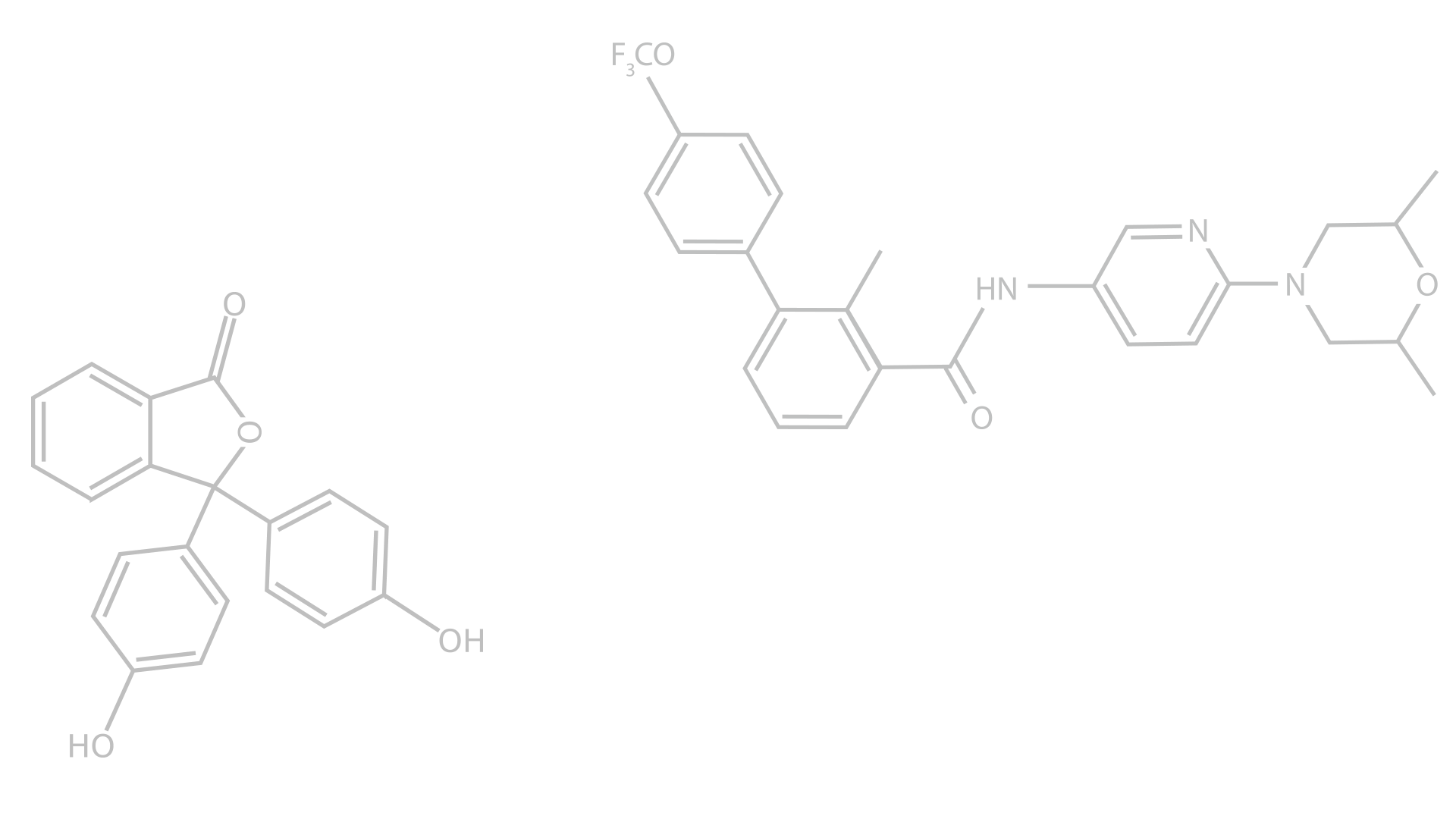


Sietronics are proud to have worked with Geoscience Australia for the recent work on creating a Regolith Mineralogy map of QLD, SA and the Northern Territory
Sietronics Contribution to Geoscience Australia Regolith Mineralogy Map
Sietronics Lab Services is proud to have contributed to a groundbreaking study by Geoscience Australia, aimed at creating a comprehensive regolith mineralogy map of the Australian continent. As a leading provider of X-ray diffraction (XRD) services, Sietronics played a key role in analyzing and quantifying the mineral composition of regolith samples collected across South Australia, Queensland, and the Northern Territory.
Project Overview
The study, titled "Contribution Towards a Regolith Mineralogy Map of the Australian Continent," utilized catchment outlet sediments collected as part of the National Geochemical Survey of Australia (NGSA). These sediments provide valuable insights into the region's geology, weathering processes, and soil properties. Sietronics employed its state-of-the-art XRD laboratory to analyze 264 NGSA samples, identifying and quantifying over 25 mineral phases, including:
Common Minerals: Quartz, kaolinite, plagioclase, K-feldspar, calcite, and muscovite
Less Common Minerals: Anatase, hornblende, hematite, goethite, and pyrite
Clay Minerals: Illite-smectite, smectite, and chlorite
Other Phases: Amorphous material and various evaporite minerals
Sietronics' Role
Sietronics' expert team meticulously prepared the samples for XRD analysis, ensuring accurate and reliable results. For bulk mineralogy, the samples were milled to a fine powder and spiked with an internal standard (zinc oxide) for quantification of amorphous material. Clay separation was performed on a subset of samples to identify and quantify the types of clay minerals present. The clay fraction (<2 µm) was separated using the settling method and analyzed as oriented samples on filters. These clay samples underwent four treatments:
Saturation with MgCl2 solution
Glycolation
Heating to 350°C
Heating to 550°C
These treatments allowed for the identification and quantification of various clay minerals based on their characteristic responses to each treatment.
Significance of the Study
This study holds immense value for various sectors:
Mineral Exploration: Identifying potential mineral deposits by understanding the geological setting and weathering patterns.
Environmental Management: Establishing regional mineral baselines, assessing land-use suitability, and informing climate change policies.
Agriculture and Forestry: Understanding soil properties and their impact on agricultural productivity and forest management.
Sietronics Commitment
Sietronics is committed to supporting scientific research and development through its advanced analytical capabilities. Our participation in this project underscores our dedication to providing accurate and reliable XRD services that contribute to a better understanding of Australia's geological landscape.
We invite you to explore the full report and learn more about this important study. (Link to Geoscience Australia report: https://dx.doi.org/10.26186/147990)